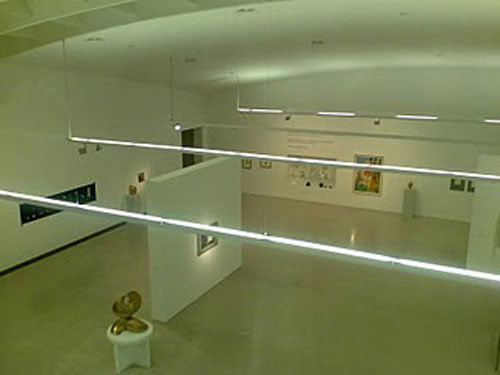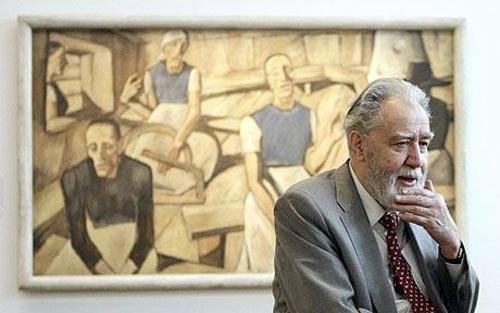The prestigious MUMOK collection in the Museum of Modern Art Ludwig Trust in Vienna covers most of the twentieth century and is comprised of an estimated nine thousand works. It contains works from disciplines as diverse as graphics, drawing, painting, sculpture, photography, video art, film, furniture design and architecture.

As a collection it is more than worth a visit, in particularly for its formidable collection of material relating to the 1960s. There is an abundant and highly representative selection of art from this decade, from highly stimulating movements of the era such as New Realism, Fluxus, Pop art and artists such as Hermann Nitsch, Rudolf Schwarzkogler, Günter Brus and Otto Mühl. Another notable feature of the institution is its interest in further improving the collection of mostly recent work of audiovisual and photographic character.
The Museum of the desires http://www.mumok.at/programme/exhibitions/museum-of-desires/?L=1, open until next January 8 and created by Karola Kauss, the flamboyant new director of the centre, is intended as a tribute to both the past and the present. It presents a series of pieces which are large in both size and depth, and which serve as a basis for the future collecting policy of the institution. The exhibition has been developed with the fundamental precept of presenting the museum to the public as a flexible entity that wishes to remain perpetually open to change and the outside world.
The idea, supported by an innovative presentation of the MUMOK collection, is part of a dynamic strategic campaign which aims to acquire new works that the museum would like to have and which serves to set the future direction of the collection with a series of well-defined guidelines.
These guidelines work with the intention of transforming and expanding traditional perspectives on contemporary art, showing the permanent collection in a new light, by juxtaposing works of different geographical and temporal contexts, not unlike the method pioneered by the Tate Modern in London.
Thus, for example, our vision of contemporary art of the sixties and seventies changes via the dialogue between the varieties of works produced in that period, from geometric abstraction to minimal art and post-minimalist. The boundaries between East and West are also dissolved and new connections are explored between conceptual art, performance art and Viennese Actionism.
An exhibition that makes us think again about how we have analysed art in the past and how we should do so in the future. Not to be missed if you´re renting apartments in Vienna
 Translated by: Ben Palmer
Translated by: Ben Palmer
Contact Me

 English
English
